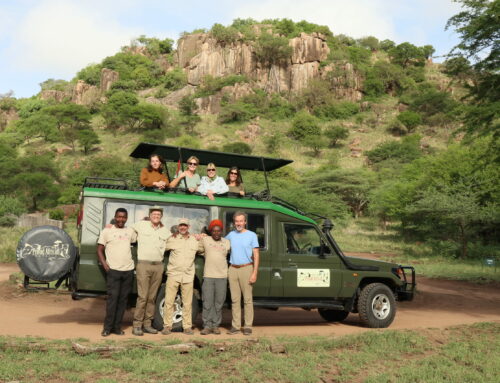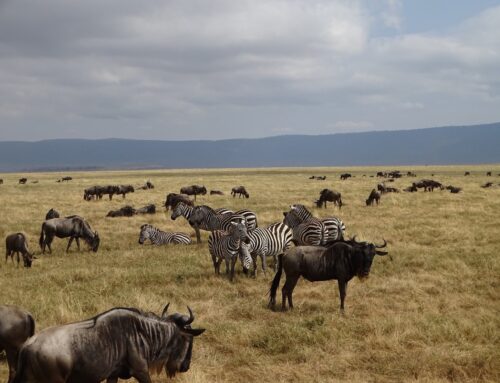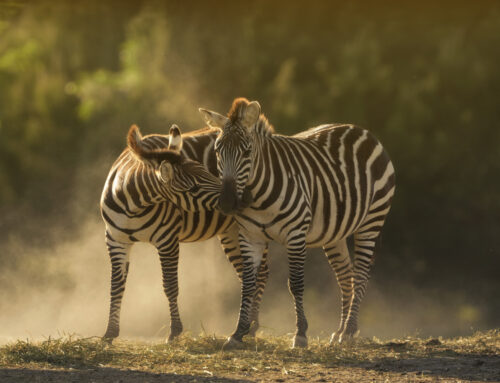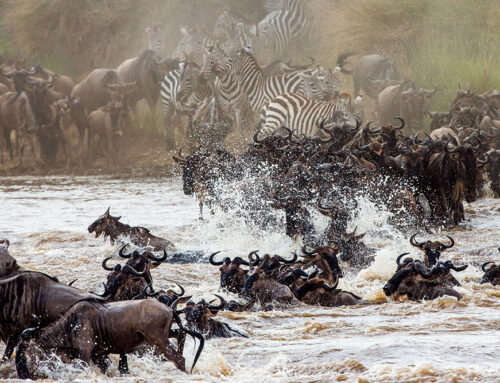In a world where people are willing to die for a good selfie, social media (namely Instagram) has done nothing but drive the industry of wildlife tourism toward prosperity. We see what’s on the surface, happy people on vacation, smiling next to animals that should be able to kill them in seconds, but don’t.
Elephants, brown bears, tigers and marine life are just a few examples of the animals that humans have no business coming in physical contact with, yet here we are. As tourist photos of elephant rides and dancing bears clog up our social feeds, do we ever stop scrolling long enough to wonder what is going on behind the scenes?
The Reality of Wildlife Tourism
Most of us don’t want to know, because deep down, we’ve already drawn our own conclusions…and they’re dismal. From the conditions in which these “wild” animals are kept, to the way they are treated by their owners, it’s vital for social media to embrace sharing the truth about wildlife tourism.
Often stolen as babies, animals forced into a life of serving people for entertainment don’t have much of a life at all. They spend their days and nights chained, offering rides to loud, chattering tourists, or posing with children.
Wild animals are not taught with a training clicker and positive reinforcement. They are beaten, tortured, poked, and prodded. Once their spirits are broken, this is when they relent to perform.
Raising Awareness
Wildlife tourism does not have to be this way. Awareness can bring about change, along with the realization that humans do have the ability to look and not touch. Through education, we hold the possibility to break chains, and expose the underbelly of an industry that has a knack for appearing harmless on the surface.
In a world where people are willing to die for a good selfie, social media (namely Instagram) has done nothing but drive the industry of wildlife tourism toward prosperity. We see what’s on the surface, happy people on vacation, smiling next to animals that should be able to kill them in seconds, but don’t.
Elephants, brown bears, tigers and marine life are just a few examples of the animals that humans have no business coming in physical contact with, yet here we are. As tourist photos of elephant rides and dancing bears clog up our social feeds, do we ever stop scrolling long enough to wonder what is going on behind the scenes?
The Reality of Wildlife Tourism
Most of us don’t want to know, because deep down, we’ve already drawn our own conclusions…and they’re dismal. From the conditions in which these “wild” animals are kept, to the way they are treated by their owners, it’s vital for social media to embrace sharing the truth about wildlife tourism.
Often stolen as babies, animals forced into a life of serving people for entertainment don’t have much of a life at all. They spend their days and nights chained, offering rides to loud, chattering tourists, or posing with children.
Wild animals are not taught with a training clicker and positive reinforcement. They are beaten, tortured, poked, and prodded. Once their spirits are broken, this is when they relent to perform.
Raising Awareness
Wildlife tourism does not have to be this way. Awareness can bring about change, along with the realization that humans do have the ability to look and not touch. Through education, we hold the possibility to break chains, and expose the underbelly of an industry that has a knack for appearing harmless on the surface.






